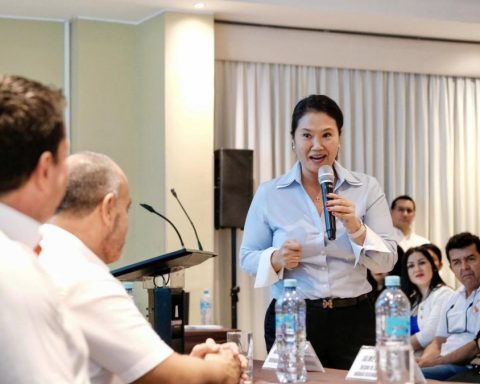A few weeks before the end of the year, Peruvian companies will initiate the second deposit corresponding to the Compensation for length of service (CTS). As required by law, November 15 is the deadline to make the corresponding disbursements to each of its workers.
However, in an environment in which many companies remain in blended work schemes, even working from other countries, an important question arises: will the benefit be the same for workers who work in person, blended or remote, or will there be discounts for those who make up these last two groups?
The answer to this question is that the benefit must be the same for workers who work face-to-face, semi-face-to-face or even remotely. All workers in the private labor regime who have an indefinite, fixed-term or part-time contract will have access to Compensation for Time of Service (CTS), regardless of whether their work is carried out in person, semi-person or remotely.
To access this benefit, the collaborator must have worked at least one full month in the company, within the semester considered for the calculation of this payment (in this case, from May to October).
“No other documentary requirement or attendance at the office may be required by the employer company to grant the CTS,” says Sebastián Ausin, Country Manager of Buk Peru, the regional technology company for comprehensive people management.
How to calculate the amount to receive?
The worker who has worked at least four hours a day, accumulating a full month of work —between May and October— will access compensation that is calculated as follows.
“The worker must take into account his monthly salary and add 1/6 corresponding to his bonus. The amount obtained must be divided by 360 and multiplied by the days worked, in this case 6 months, which are equivalent to 180 effective days”, adds Ausin from Buk Peru.
It should also be taken into account if the monthly salary received by the worker incorporates variable concepts (commissions, overtime, bonuses, among others). If these variables exist, it is advisable to consult with the human resources area.


















